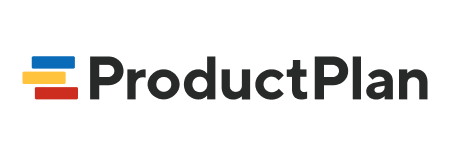Product ops, or product operations, is a relatively new discipline somewhat similar to marketing ops. Product ops builds a foundation for excellence by reinforcing product strategy with metrics, infrastructure, business processes, best practices, budgeting, and reporting. In short, product ops teams serve to support the product team and help build better products.
Results for "owner"
Scrum Master
A scrum master is a facilitator for an agile team working under the scrum methodology. The scrum master serves as a point person responsible for understanding the big development picture of each sprint.
DEEP Backlog
A DEEP Backlog is one of the suggested objectives of a product backlog grooming session. DEEP is an acronym used to indicate a few key traits of an effective product backlog.
User Story
A user story is a small, self-contained unit of development work designed to accomplish a specific goal within a product. A user story is usually written from the user’s perspective and follows the format: “As [a user persona], I want [to perform this action] so that [I can accomplish this goal].”
Engineering Backlog
The engineering backlog lists and prioritizes the stories, epics, and/or initiatives that are to be worked on by the engineering team for a given sprint. Typical items in an engineering backlog include stories, bug fixes, and other engineering-related tasks.
Backlog Grooming
Backlog grooming, also referred to as backlog refinement or story time, is a recurring event for agile product development teams. The primary purpose of a backlog grooming session is to ensure the next few sprints worth of user stories in the backlog are prepared for sprint planning. Regular backlog grooming sessions also help ensure the right stories are prioritized and that the product backlog does not become a black hole.
Product Portfolio Management
Product portfolio management refers to the practice of managing an organization’s entire product portfolio, which consists of all the products the organization has. A product portfolio manager may be responsible for allocating resources for optimal ROI, identifying areas of improvement, and keeping the products aligned with the organization’s broader strategy.
Agile Values
Agile Values refers to the set of 4 values outlined by the Agile Alliance in The Agile Manifesto. This set of values encourages putting people before processes, getting software out the door fast, collaborating with customers, and adjusting plans as needed.
Acceptance Criteria
In agile methodologies, acceptance criteria refers to a set of predefined requirements that must be met in order to mark a user story complete. Acceptance criteria are also sometimes called the “definition of done.”
Agile Principles
There are 12 agile principles outlined in The Agile Manifesto in addition to the 4 agile values. These 12 principles for agile software development help establish the tenets of the agile mindset.
Agile Manifesto
The Agile Manifesto is a brief document built on 4 values and 12 principles for agile software development. The Agile Manifesto was published in February 2001.
Cross-Functional Team
A cross-functional team refers to a group which contains expertise or representation from various “functional” departments. For example, an agile cross-functional team may consist of a product manager, product owner, scrum master, engineers, QA, and design.
Dive into more topics
Have something specific you're looking for? We've got you covered.
Talk to an Expert
Schedule a few minutes with us to learn how our team can help your organization build strategic roadmaps, align behind customer needs, prioritize, and measure success.

